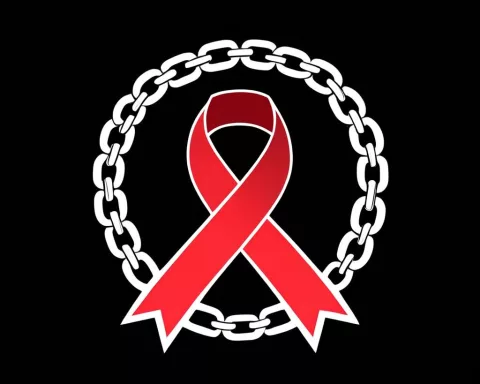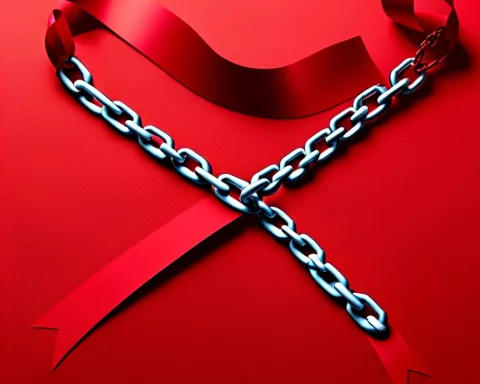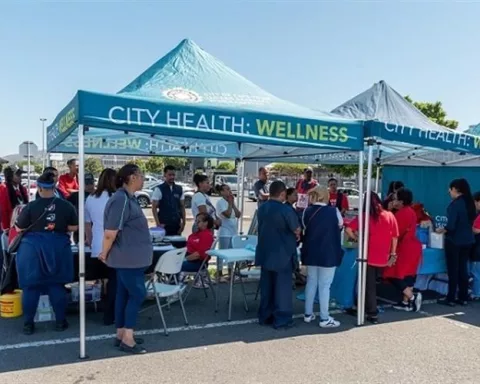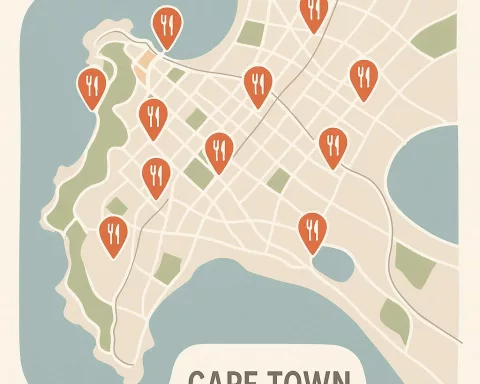Recent cuts to U.S. funding, especially from PEPFAR, are causing serious trouble for South Africa’s fight against HIV. Many health facilities have closed, and thousands of crucial healthcare workers have been let go, leading to fewer tests and treatments for people living with HIV. Vulnerable groups, like sex workers and the LGBTQ community, are at risk of losing the specialized care they need due to the shutdown of welcoming centers. Without immediate action, these funding cuts could lead to a steep rise in HIV-related deaths, leaving many without the support they desperately require.
How Are U.S. Funding Cuts Affecting South Africa’s HIV Response?
The recent cuts to U.S. funding, notably from PEPFAR, are severely impacting South Africa’s HIV response by closing health facilities, reducing healthcare staff, and disrupting vital services like testing and treatment. This could lead to increased HIV-related deaths and diminished care for vulnerable populations.
In the multifaceted landscape of global health initiatives, the U.S. President’s Emergency Plan for AIDS Relief (PEPFAR) has served as a beacon of hope for numerous countries battling HIV/AIDS, especially South Africa. However, recent reductions in U.S. funding have started to unravel the complex network that once supported HIV care in South Africa. This exposure has laid bare the vulnerabilities and deficiencies in an already overstretched healthcare system.
The Crumbling Pillars of Support
The reduction in the U.S. global aid budget has prompted the South African government to assure its citizens that only 17% of its HIV expenditures relied on U.S. funds. While this statistic is factual, it fails to capture the more intricate and troubling reality. The abrupt halt in funding has led to the closure of many donor-funded health facilities and the loss of thousands of healthcare workers, including nurses, social workers, clinical associates, and HIV counselors. These professionals, whose salaries were paid by U.S. dollars, played an essential role in the fight against HIV.
According to a recent presentation from the National Health Department to PEPFAR, by 2024, almost half of the HIV counselors in South Africa‘s public primary healthcare system were funded by the U.S. These counselors were indispensable in conducting tests, offering support, and ensuring that patients adhered to antiretroviral treatments (ARVs). The sudden absence of these workers is likely to result in fewer people being tested, more treatment disruptions, and a consequent rise in HIV-related deaths.
Disproportionate Dependency and Efficiency
The unequal distribution of PEPFAR funds across South Africa has further intensified the crisis. PEPFAR specifically targeted 27 high-burden districts where HIV prevalence is notably high. These districts were heavily reliant on U.S. funding, some almost entirely, and now face a significant gap. For example, public hospitals in Johannesburg have lost a substantial part of their HIV clinic staff, including counselors, data capturers, and medical officers. The sudden funding cuts left no time for contingency plans, throwing the healthcare system into disarray.
PEPFAR’s efficiency has been another contentious issue. Despite contributing only 17% of the overall HIV spending, some experts argue that it delivered more value per dollar than South Africa’s public health programs. Professor Francois Venter from WITS University pointed out that PEPFAR’s stringent monitoring and competitive funding environment pushed NGOs to maximize efficiency. In contrast, the broader health system often lacked such rigorous oversight. This difference in operational efficiency meant that PEPFAR-funded programs frequently achieved more with less.
Specialized Care for Key Populations
One of PEPFAR’s most vital contributions was its focus on key populations—groups at higher risk of HIV transmission, such as sex workers, people who inject drugs, and the LGBTQ community. These groups require specialized services, often free from stigmatization, which government clinics struggle to provide. PEPFAR-funded NGOs operated drop-in centers, mobile clinics, and outreach programs specifically designed for these populations.
For example, sex workers have long avoided government clinics due to discrimination, preferring the more welcoming key population centers. Surveys indicate that while 90% of sex workers felt respected at these centers, only a quarter felt the same way in government clinics. The shutdown of USAID-funded key population centers has created a significant gap in care provision, forcing vulnerable individuals back into a stigmatizing and often hostile public health environment.
The Strategic Value of PEPFAR Programs
PEPFAR’s strategic initiatives went beyond immediate care. One notable program is the differentiated service delivery model, which streamlined ARV distribution. This model allowed clinically stable patients to collect their medication from external sites like pharmacies, reducing the burden on health facilities. PEPFAR-funded clinicians expedited patient enrollment into this system, alleviating bottlenecks and significantly cutting down clinic waiting times.
Despite its operational success, not everyone sees PEPFAR as a flawless solution. Dr. Yogan Pillay, former deputy director of the national health department, stressed the need for a comprehensive evaluation of PEPFAR’s efficiency before attempting to replicate its programs. He argued that the management structure of recipient NGOs is often too costly and top-heavy for the government to sustain.
A Looming Health Crisis
The broader implications of the funding cuts paint a grim picture. A recent modeling study published in the Annals of Medicine suggests that the complete cessation of PEPFAR funds could result in over 600,000 deaths in South Africa over the next decade. The cuts have already hindered critical services like HIV testing, data capturing, and the rollout of pre-exposure prophylaxis (PrEP)—a daily pill that prevents HIV.
While most government clinics stock PrEP, awareness and uptake remain low. Surveys reveal that only a small fraction of high-risk individuals know about PrEP availability in government facilities, compared to significantly higher awareness at PEPFAR-funded centers. Consequently, the closure of these centers threatens to diminish PrEP uptake among those most at risk.
An Uncertain Future
As the PEPFAR grants wind down, many organizations are bracing for an uncertain future. The South African government has yet to articulate a clear plan to fill the void left by the U.S. funding cuts. Finance Minister Enoch Godongwana’s recent budget speech did not offer any new funding to bridge the gap, leaving the health department to navigate this crisis with limited resources.
The situation calls for urgent attention and strategic intervention. The loss of PEPFAR funds not only disrupts healthcare provision but also jeopardizes the lives of vulnerable populations. As South Africa grapples with this crisis, the need for innovative and inclusive healthcare solutions has never been more critical.
FAQ: The Ripple Effect of U.S. Funding Cuts on South Africa’s HIV Response
What are the main consequences of U.S. funding cuts on South Africa’s HIV response?
The recent cuts, particularly from PEPFAR, have led to the closure of health facilities and the loss of thousands of crucial healthcare workers. This has resulted in fewer tests and treatment options for people living with HIV, increasing the risk of HIV-related deaths.
How dependent is South Africa on U.S. funding for its HIV programs?
While the South African government states that only 17% of its HIV expenditures come from U.S. funds, the reality is more complex. Many health facilities and programs, especially in high-burden districts, were heavily reliant on this funding, leading to a significant gap in care provision following the cuts.
What types of healthcare workers have been affected by these funding cuts?
The funding cuts have particularly impacted nurses, social workers, clinical associates, and HIV counselors whose salaries were funded by U.S. dollars. Their absence is likely to disrupt crucial services such as HIV testing, treatment adherence, and patient support.
How are vulnerable populations being affected by the loss of funding?
Vulnerable groups, including sex workers and the LGBTQ community, are at a heightened risk of losing access to specialized care. The closure of welcoming centers that provided non-judgmental and dedicated services has forced these populations back into stigmatizing environments where their health needs may not be adequately met.
What is the strategic value of PEPFAR programs in South Africa?
PEPFAR programs have provided efficient service delivery models, such as streamlined ARV distribution for stable patients. These initiatives have significantly reduced clinic waiting times and improved access to essential services, especially for key populations at greater risk of HIV transmission.
What does the future hold for South Africa’s HIV response amid these funding cuts?
The situation remains uncertain, as the South African government has not yet articulated a clear strategy to fill the funding void left by PEPFAR. Without immediate intervention and innovative healthcare solutions, the country faces the potential for a health crisis, including a significant rise in HIV-related deaths.












